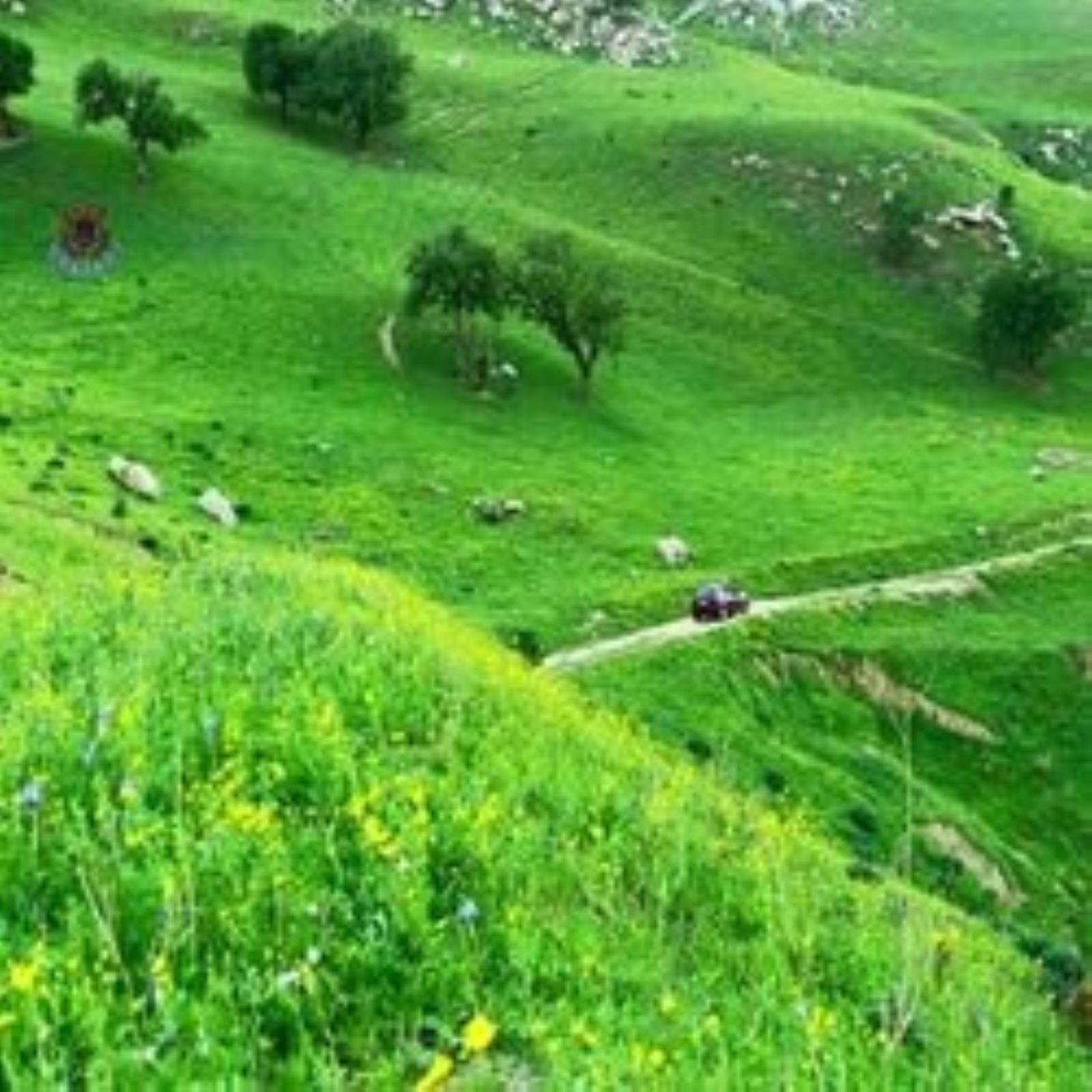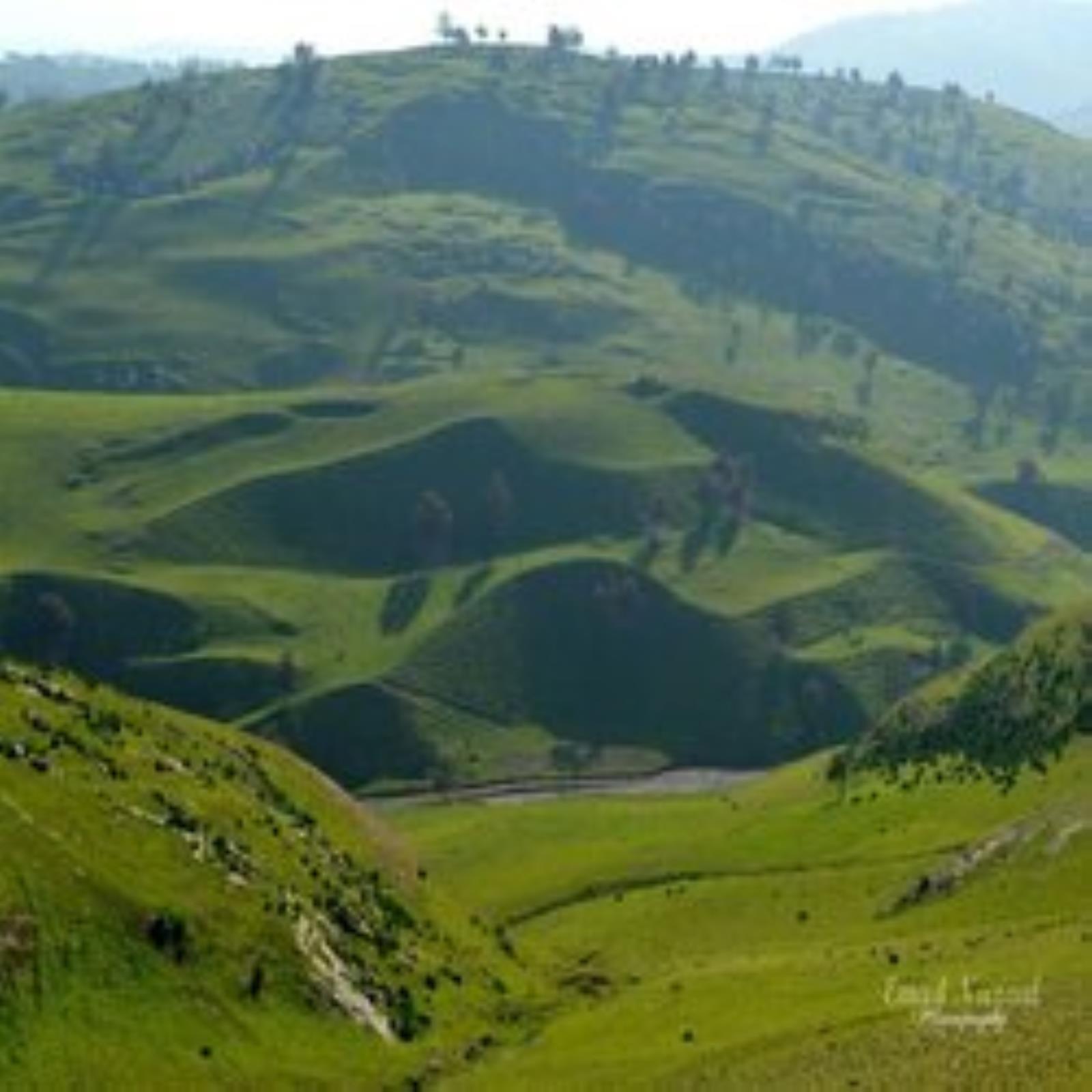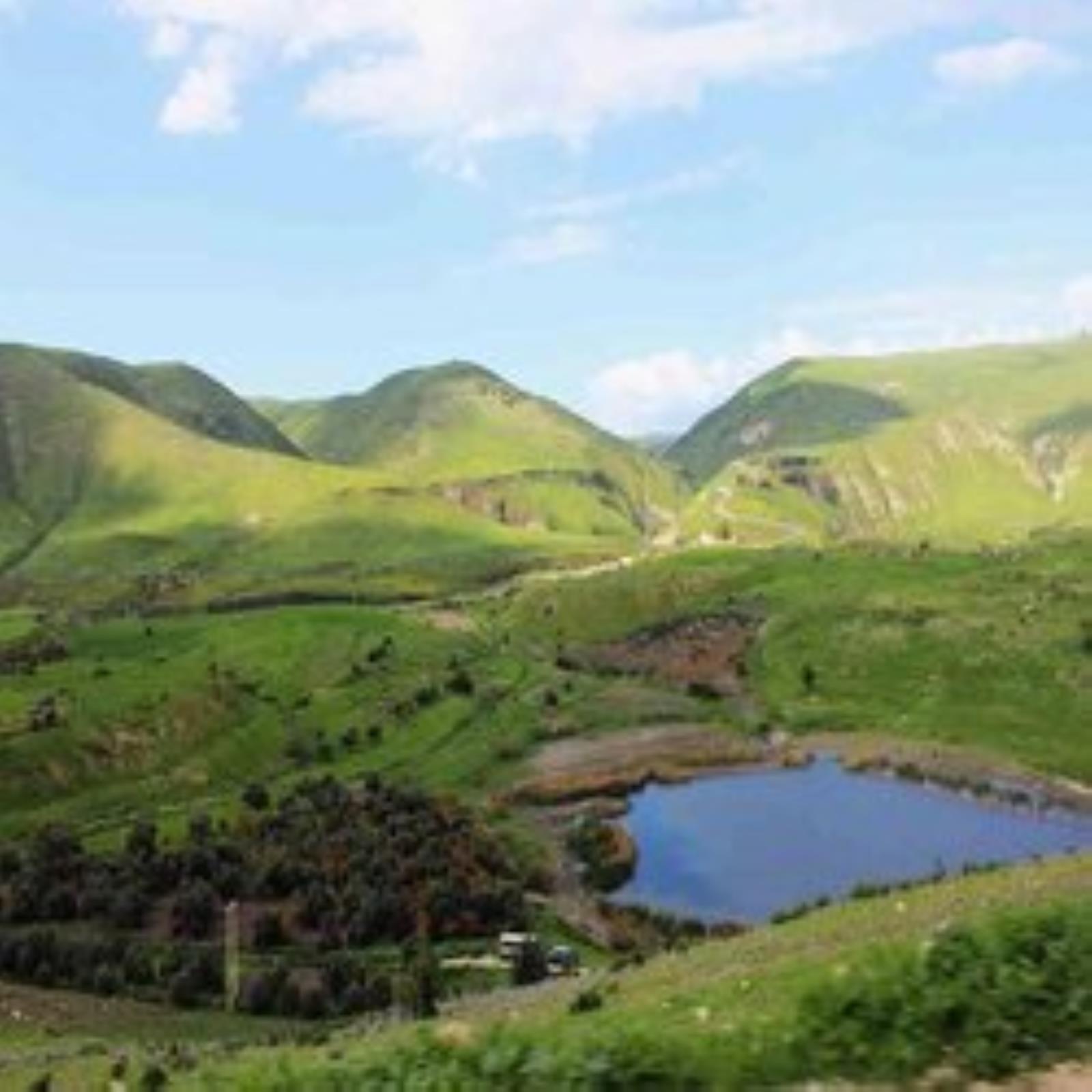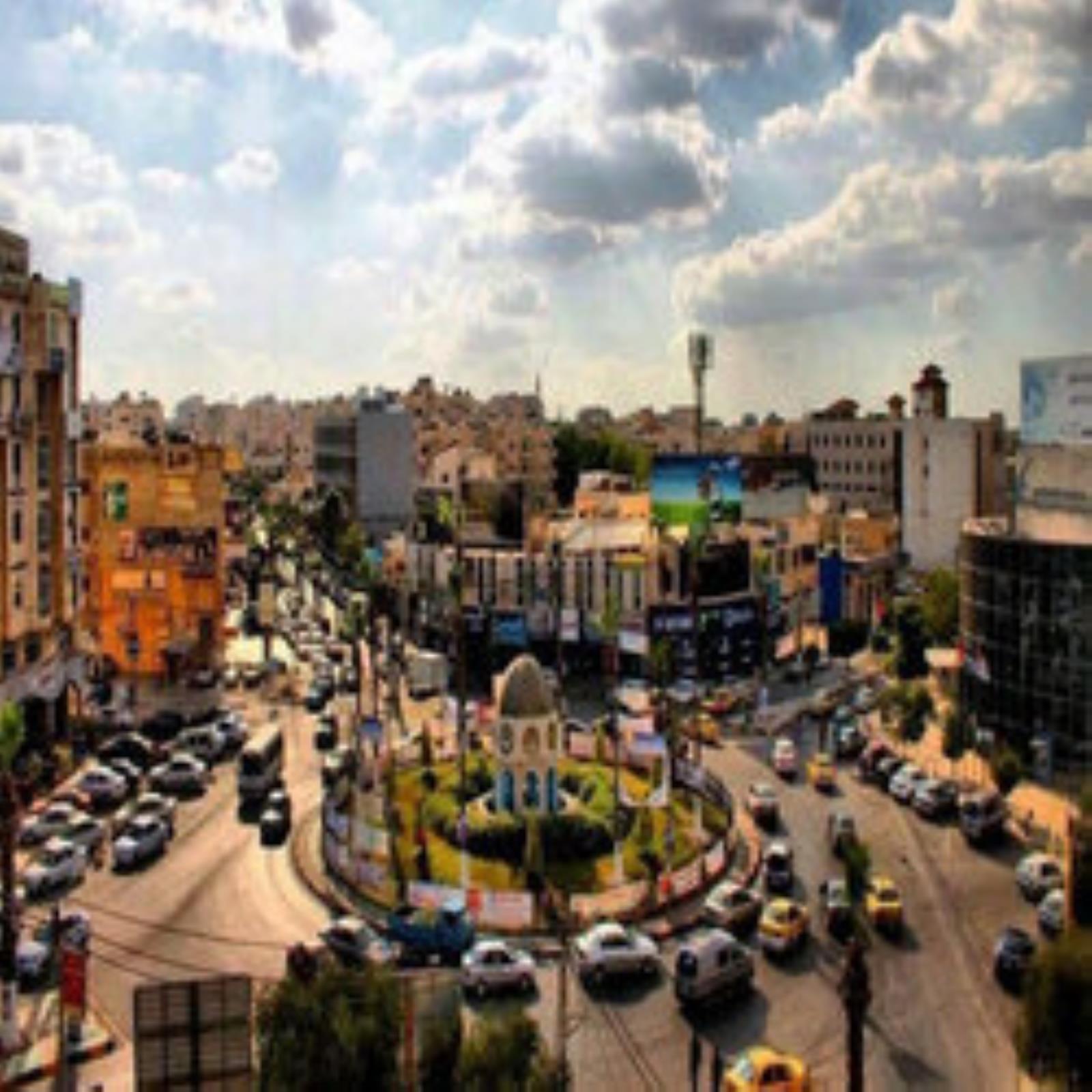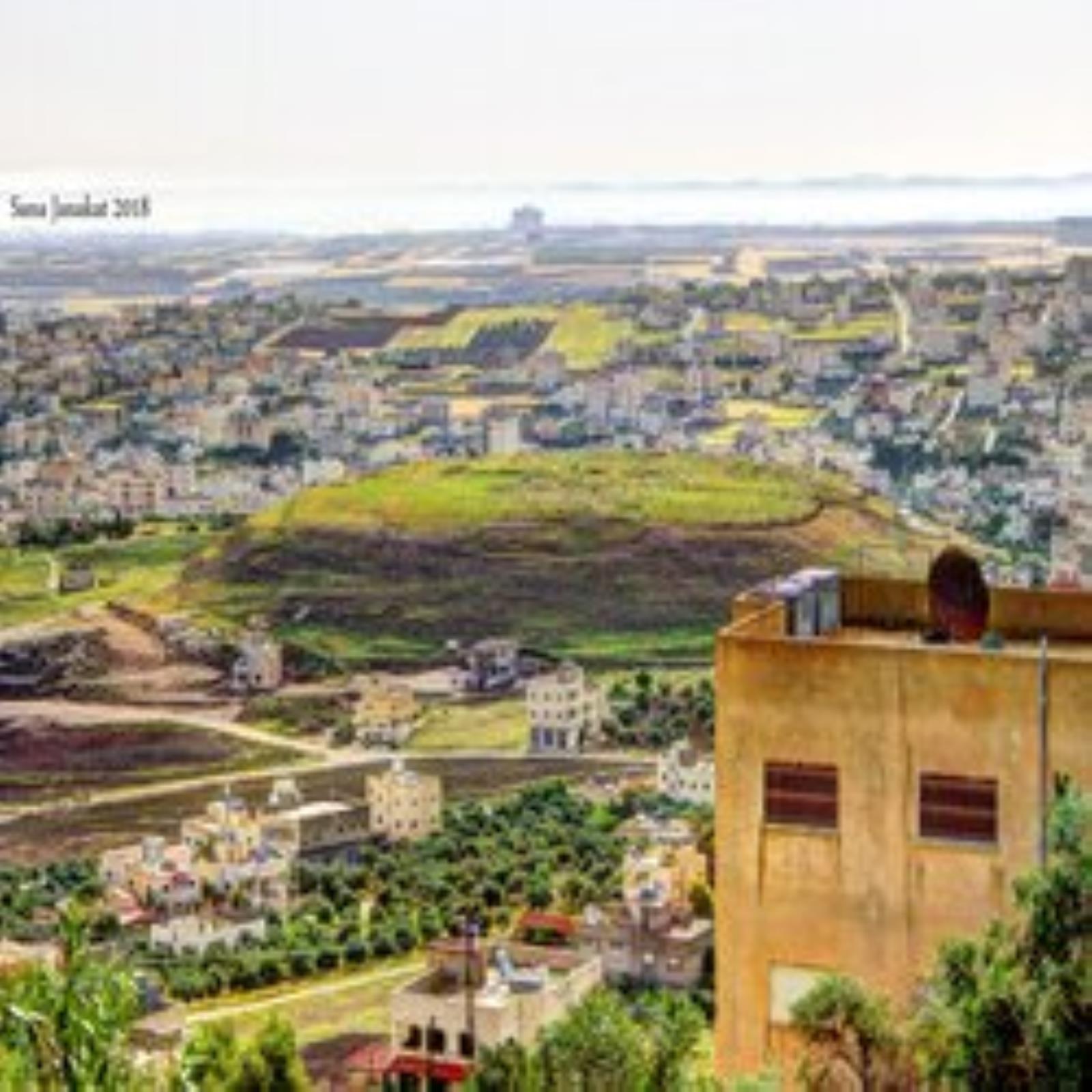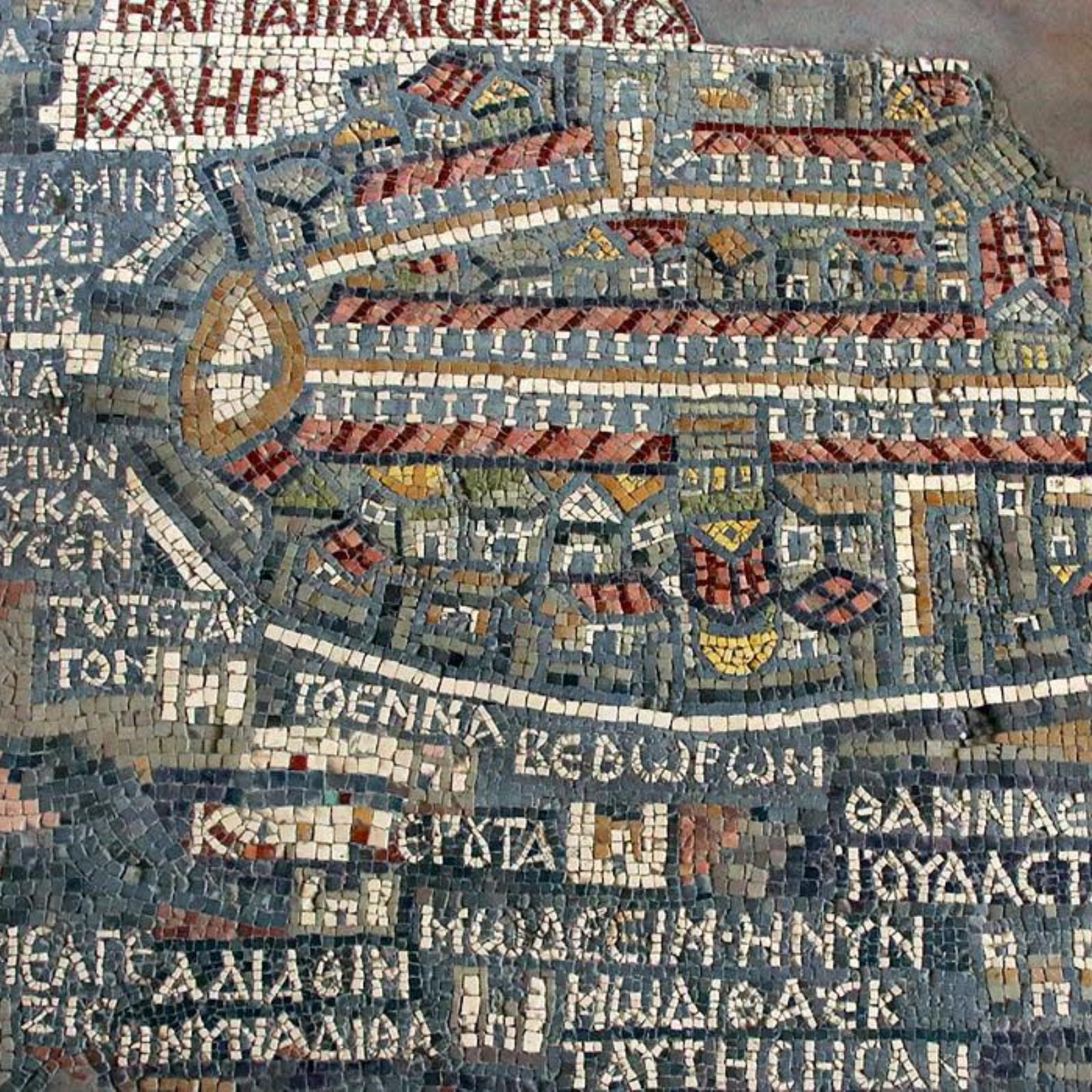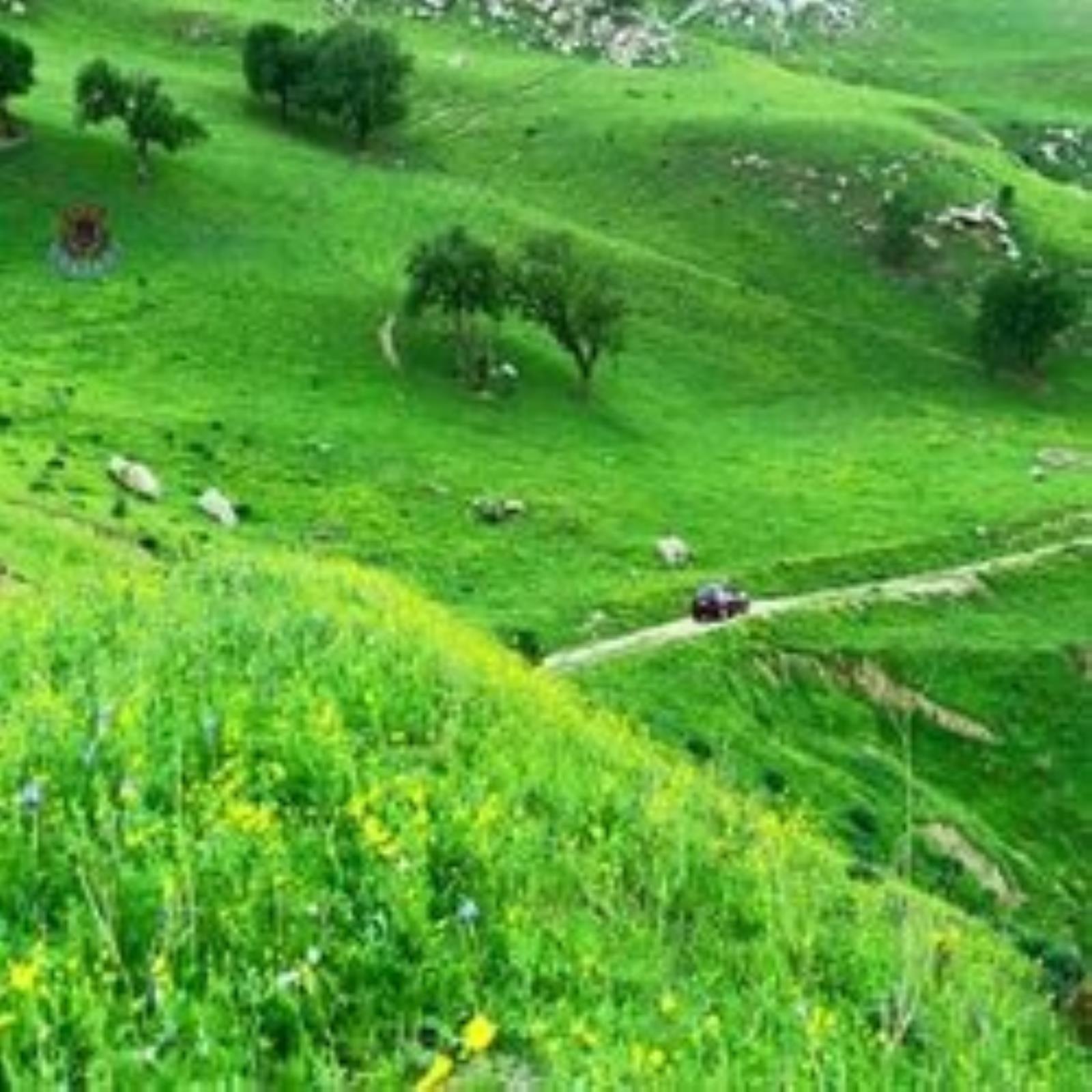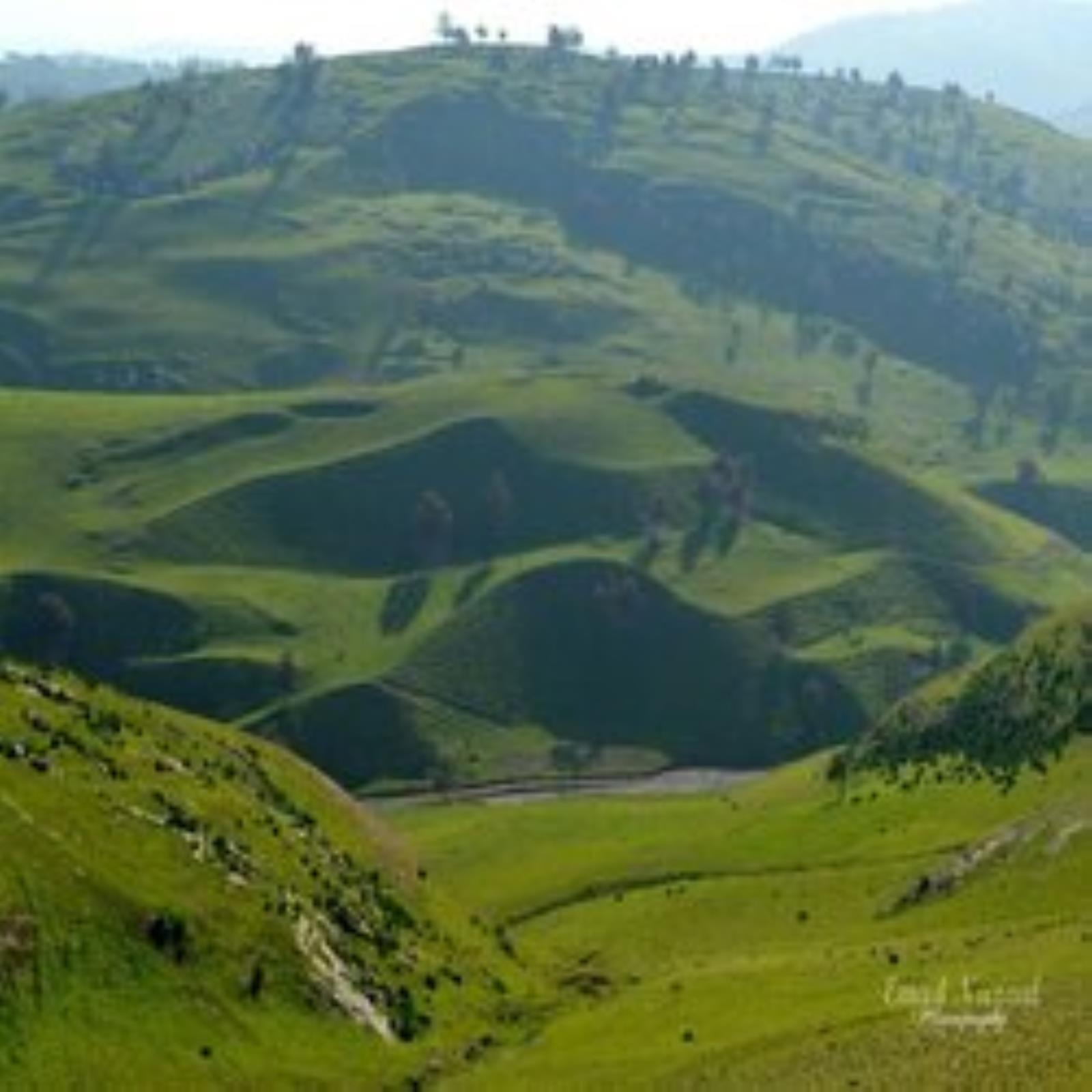Just 30km from Amman, along the 5,000-year-old Kings´ Highway, is one of the most memorable places in the Holy Land. After passing through a string of ancient sites, the first city you reach is Madaba, known as the "City of Mosaics."
Best known for its spectacular Byzantine and Umayyad mosaics, Madaba is home to the famous 6th century Mosaic Map of Jerusalem and the Holy Land. With two million pieces of vividly coloured local stone, it depicts hills and valleys, villages and towns as far as the Nile Delta.
The Madaba Mosaic Map covers the floor of the Greek Orthodox Church of St. George, which is located northwest of the city centre. The church was built in 1896 AD, over the remains of a much earlier 6th century Byzantine church. The mosaic panel enclosing the Map was originally around 15.6 X 6m, 94 sq.m., only about a quarter of which is preserved.
Other mosaic masterpieces found in the Church of the Virgin and the Apostles and in the Archaeological Museum depict a rampant profusion of flowers and plants, birds and fish, animals and exotic beasts, as well as scenes from mythology and the everyday pursuits of hunting, fishing and farming. Literally, hundreds of other mosaics from the 5th through the 7th centuries are scattered throughout Madaba's churches and homes.
In line with Jordan's commitment to restoring and preserving its mosaic masterpieces, Madaba's extensive Archaeological Park and Museum complex encompasses the remains of several Byzantine churches, including the outstanding mosaics of the Church of the Virgin and the Hyppolytus Hall, part of a 6th century mansion.
Close to the Church of the Virgin is the Madaba Institute for Mosaic Art and Restoration, which operates under the patronage of the Ministry of Tourism. The only project of its kind in the Middle East, the Institute trains artisans in the art of making, repairing and restoring mosaics.
Mukawir
Within an hour's drive from Madaba along the picturesque King's Highway, is Mukawir. Mukawir is the hilltop stronghold of Herod the Great. Upon Herod's death, his son, Herod Antipas, inherited the fortress and it is from here that he ordered John the Baptist to be beheaded after Salome's fateful dance.
Mount Nebo
Also within the area is Mount Nebo, one of the most revered holy sites of Jordan and the place where Moses was buried. A small Byzantine church was built there by early Christians, which has been expanded into a vast complex. During his visit to Jordan in 2000, the Late Pope John Paul II held a sermon here that was attended by some 20,000 faithful.
Hammamat Ma'in
Southwest of Madaba is Hammamat Ma'in, the thermal mineral springs that for centuries have attracted people to come and immerse themselves in the sites' warm therapeutic waters. There is an excellent 5-star hotel here, which offers indoor and natural outdoor hot pools, a swimming pool and spa facilities.
Umm Ar-Rasas
To the east of Madaba is Umm Ar-Rasas, a very ancient site that is mentioned in both the Old and New Testaments of the Bible. The rectangular walled city is mostly in ruins but does still include several buildings, as well as four churches and some beautiful stone arches. The main attraction is outside the city walls within the Church of St. Stephen, which contains a very large, perfectly preserved mosaic floor laid down in 718 AD. It portrays fifteen major cities of the Holy Land from both east and west of the River Jordan. This magnificent mosaic is second only to Madaba's world famous mosaic map of Jerusalem and the Holy Land.



